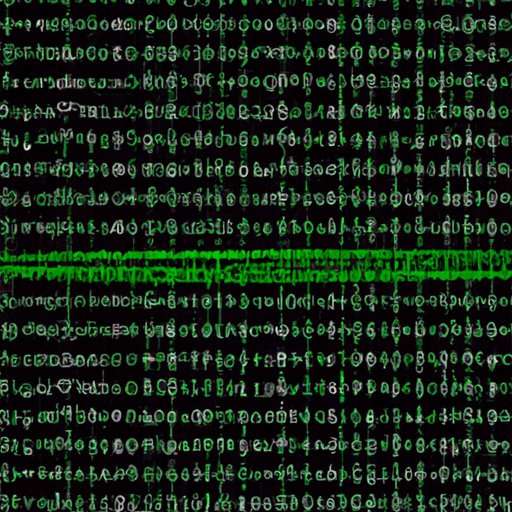
Introduction
Matrix inversion is an important mathematical process that allows us to solve complex systems of equations and perform various calculations in fields such as engineering, physics, and computer graphics. In this article, we will explore how to find inverse of a matrix, step-by-step, with clear explanations, helpful visuals, and practical applications.
Step-by-Step Guide
The process of finding the inverse of a matrix can be broken down into smaller, more manageable steps:
Step 1: Determine if the matrix is invertible.
Step 2: Create an augmented matrix by appending the identity matrix of the same size to the right of the original matrix.
Step 3: Use elementary row operations to transform the left-hand side of the augmented matrix into the identity matrix.
Step 4: If successful, the right-hand side of the augmented matrix will be the inverse of the original matrix.
There are different methods and algorithms that can be used for matrix inversion, such as Gauss-Jordan elimination, LU factorization, and Singular Value Decomposition (SVD).
Practical Applications
Matrix inversion has a wide range of practical applications in various fields:
1. Solving systems of linear equations. In many scientific and engineering problems, we need to find the values of unknown variables that satisfy a set of linear equations, which can be represented in matrix form. In order to solve these equations, we need to find the inverse of the coefficient matrix.
2. Computer graphics. In 3D graphics, matrices are commonly used to represent transformations such as rotation, translation, and scaling. Finding the inverse of such matrices allows us to undo these transformations, and perform operations like object picking and collision detection.
3. Optimization problems. Matrix inversion is a key component of many optimization algorithms, such as least squares regression and Nonlinear Conjugate Gradient (NCG) method.
Common Misconceptions
There are some common misunderstandings about matrix inversion, such as:
1. A matrix must be square in order to have an inverse. This is true, but there are other types of matrices that have a pseudo-inverse, which can also be useful in certain applications.
2. Inverse of a matrix always exists. This is only true for invertible matrices, which means that their determinant is non-zero. If a matrix is singular (its determinant is zero), then it does not have an inverse.
3. Matrix inversion is the fastest way to solve systems of equations. While matrix inversion can be a useful tool for solving linear systems, it is not always the most efficient method. Other methods, such as Gaussian elimination and LU factorization, can be more suitable for certain types of problems.
Historical Context
The concept of matrix inversion dates back to the early days of matrix algebra, and has been a central theme in many mathematical developments and applications over the centuries:
1. In the 18th century, mathematician Leonhard Euler introduced the concept of a “reciprocal array”, which is now known as the inverse of a matrix.
2. In the 19th century, mathematicians like James Sylvester and Arthur Cayley made significant contributions to the theory of matrices and matrix inversion.
3. In the 20th century, advancements in computing technology and numerical methods paved the way for more efficient and accurate calculations of matrix inverses. Today, matrix inversion is a fundamental tool in many scientific and engineering applications.
Advanced Techniques
There are many advanced and specialized techniques involved in matrix inversion, which can be applied to solve complex problems:
1. LU factorization. This method involves factoring the matrix into two triangular matrices, and then applying forward and backward substitution to solve for the unknown variables.
2. Singular Value Decomposition (SVD). This technique decomposes a matrix into three matrices: a unitary matrix, a diagonal matrix, and another unitary matrix. It is useful for solving problems involving ill-conditioned or singular matrices.
3. Kronecker product inverse. This method involves finding the inverse of a block matrix that can be represented as a Kronecker product of smaller matrices.
Common Errors
When attempting to find the inverse of a matrix, there are some common mistakes that people make:
1. Forgetting to check if the matrix is invertible. This can lead to errors or incorrect results if attempting to find the inverse of a singular matrix.
2. Not using the correct method or algorithm. Different types of matrices may require different methods for finding their inverse.
3. Data entry errors. It’s important to double-check the accuracy of the matrix entries before performing any calculations.
Conclusion
Matrix inversion is an essential tool in many scientific and engineering applications, and can be used to solve complex problems involving linear systems, optimization, and computer graphics. By following the step-by-step guide outlined in this article, and avoiding common errors, readers can gain a better understanding of how to find the inverse of a matrix and apply it in practical contexts.




